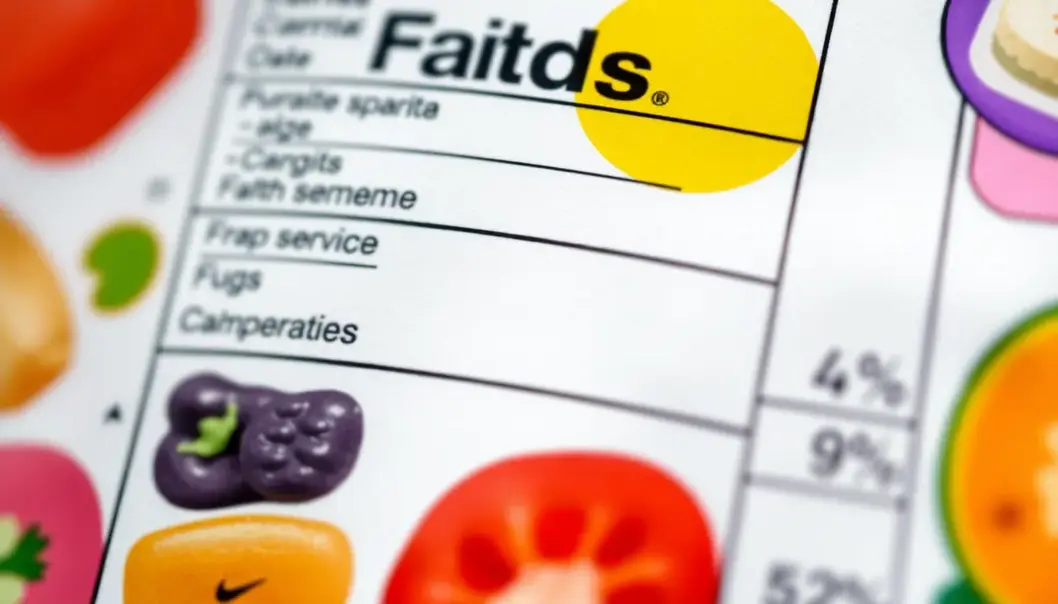Navigating the complex world of food labels can be daunting, especially for parents striving to make the best nutritional choices for their children. Each label is not just a jumble of numbers and percentages; it is a portal to understanding what goes into your child’s body, influencing their growth, health, and habits. This article offers parents clear insights and practical advice to decode the language of food packaging, empowering them to make informed decisions that foster healthier living.
The Anatomy of a Food Label

Understanding food labels is like solving a puzzle. Each piece of information on a label contributes to a comprehensive picture of the nutritional value of a product. The key elements include serving sizes, calories, various nutrients, and the ingredient list.
Serving Sizes
The first section to examine is the serving size. It’s the foundation of the food label, dictating how all other nutritional values are understood. Often, serving sizes can be misleading. For instance, a single package might contain multiple servings, yet it looks like a single-portion product. This can lead to consuming more calories and nutrients than intended. It’s crucial to adjust calculations based on the actual amount consumed to avoid unknowingly doubling or tripling intake.
Calories
Next, we dive into calories. Calories are a measure of energy. Understanding calories helps parents gauge how much energy a product provides. This is essential for managing dietary goals, whether it’s maintaining, losing, or gaining weight. Just remember that calories come from three macronutrients: carbohydrates, proteins, and fats – each playing a different role in the body.
Nutrients
Examining the nutrient section reveals both macronutrients and micronutrients. Macronutrients, shown in grams, include total fat, saturated and trans fats, cholesterol, sodium, total carbohydrates, dietary fiber, sugars, and protein. Each has recommended daily values (%DV) to consider. These values help manage intakes of nutrients like saturated fats and sodium, which shouldn’t be excessive. Micronutrients such as vitamins and minerals are equally vital, offering percentages of how much they contribute to daily nutritional requirements.
Ingredient Lists
The ingredient list is pivotal, especially for identifying unwanted additives, allergens, or sugars disguised under different names. Ingredients are listed in order of quantity, from highest to lowest. This insight helps pinpoint if a product’s main components align with dietary preferences and restrictions. Becoming familiar with technical terms for additives ensures a product meets health expectations.
In this chapter, we’ve deconstructed the food label, emphasizing how essential each segment is to understanding nutritional profiles. This insight is invaluable, ensuring informed decisions that fit dietary needs, helping mold a healthier lifestyle for the entire family.
Beyond the Label: Making Smart Choices

Navigating the world of food labels can be a daunting task for parents striving to make healthier choices for their families. Yet, understanding these labels is a crucial step in ensuring nutritional balance and fostering healthy eating habits at home. At the heart of this endeavor is learning to interpret the ingredients list. This list reveals more than just what’s inside the package—it’s a key to recognizing potentially harmful additives and selecting the best options for your children.
Added sugars are a common ingredient that parents need to watch out for. Unlike naturally occurring sugars found in fruits and dairy, added sugars contribute no nutritional value and can lead to health issues such as obesity and dental problems. Scour the labels not just for ‘sugar’ but for its many aliases like high fructose corn syrup, dextrose, and sucrose. Limiting these in your child’s diet can make a significant impact on their overall health.
Another ingredient of concern is trans fats, often found in processed snacks and baked goods. Trans fats increase bad cholesterol and lower good cholesterol, elevating the risk of heart disease. Despite some regulatory progress, it’s wise to scrutinize labels for terms like partially hydrogenated oils, which indicate the presence of trans fats, even if the label claims zero trans fats by a specific serving size.
Parents frequently encounter terms like ‘organic,’ ‘natural,’ and ‘low-fat’ on labels, each with its unique implications. ‘Organic’ products can offer reduced exposure to pesticides, but not all organic products are nutrition superior to their conventional counterparts. ‘Natural’ is a label with no formal guidelines, so these products may not differ significantly from non-natural items. Meanwhile, ‘low-fat’ items often compensate for flavor by adding sugars or other undesirable ingredients.
Comparing products within similar categories can lead to smarter choices. Begin by assessing the serving sizes and nutrient content, adjusting for realistic portion control. Compare the amounts of key nutrients such as fiber, protein, and vitamins, alongside unhealthy components like sodium and added sugars. Sometimes, a longer ingredients list can mean more additives or preservatives; thus, shorter lists can suggest simpler, less processed foods.
Ultimately, making smart choices with food labels involves educating yourself about these factors, remaining skeptical of marketing claims, and fostering a habit of critical evaluation. Through deliberate scrutiny and mindful comparisons, parents can guide their families toward healthier eating patterns, potentially setting the stage for long-term wellbeing.
For more advice on maintaining a health-focused home, you might consider exploring resources here.
Final words
By mastering the art of reading food labels, parents can confidently navigate the aisles, making informed choices that support the health and well-being of their families. Understanding food labels is not merely a skill—it is a pathway to empowering everyday decisions about nutrition and lifestyle.
Discover how our tools can help you easily decipher food labels for your family’s health today!
Learn more: https://www.healthylivingtools.com
About us
Healthy Living Tools offers innovative solutions designed to simplify the process of understanding and using food labels, equipping families with the knowledge needed to make informed nutritional choices.



